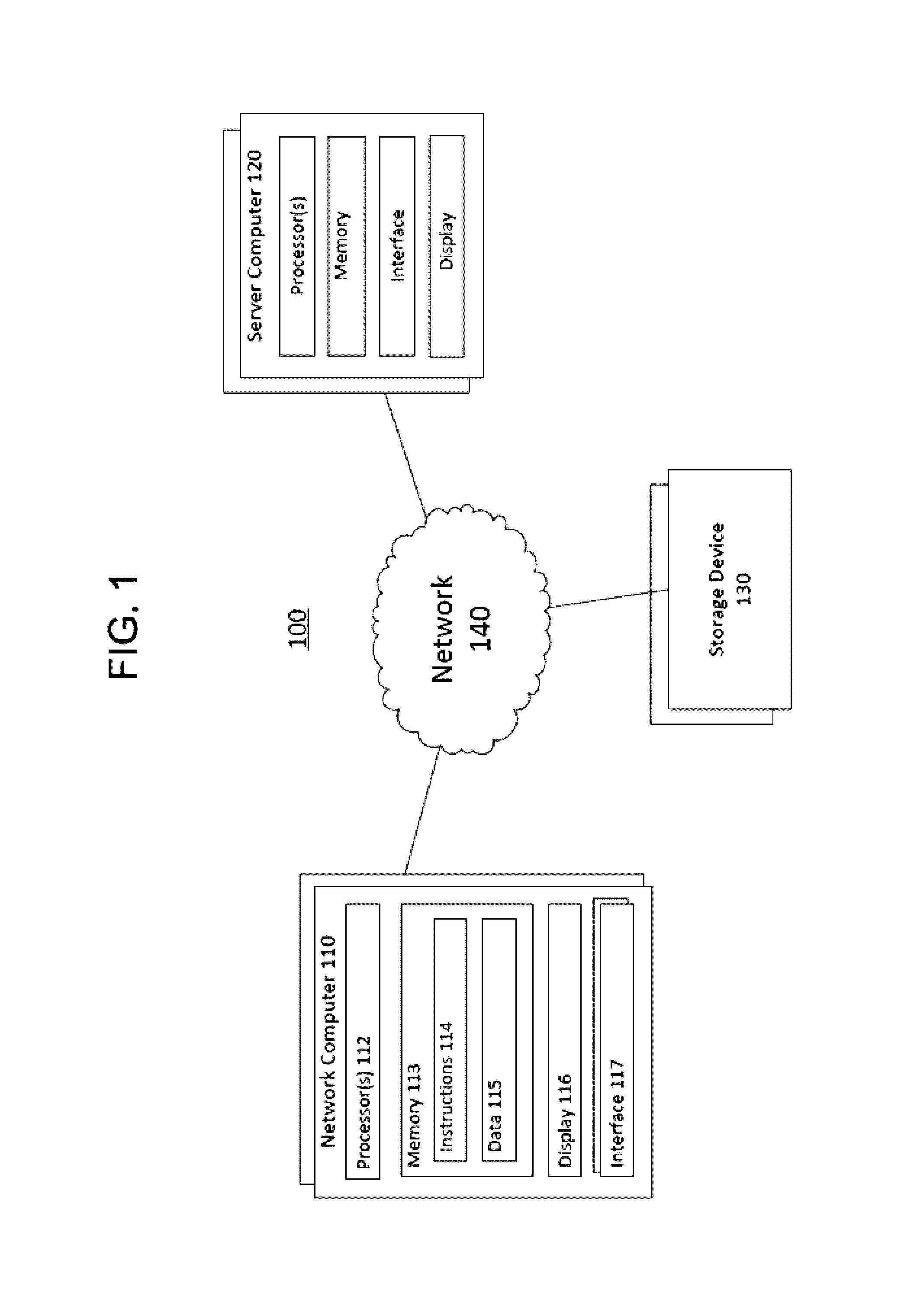System and Method for Automated Cross-Application Dependency Mapping
a technology of dependency mapping and system and method, applied in the direction of program documentation, specific program execution arrangements, reverse engineering, etc., can solve the problems of increasing the architectural complexity of the integration scheme between legacy and modern business applications within the enterprise it environment, the inability to access experts on the subject matter of legacy applications, and the inability to maintain, modify or enhance legacy applications
- Summary
- Abstract
- Description
- Claims
- Application Information
AI Technical Summary
Benefits of technology
Problems solved by technology
Method used
Image
Examples
Embodiment Construction
[0017]The disclosure is directed to enterprise information technology (IT) environments, and more particularly to more efficient management of such enterprise IT environments through automated cross-application dependency mapping.
[0018]A system and method for automatically generating cross-application dependency maps for enterprise IT environments is described herein. Automated code parsing techniques, for example, are used to identify dependencies between and among different business applications within the IT environment, including for both legacy and modern business applications. A thorough analysis of the enterprise-wide impact of a programming change, such as, for example, a change to the code of a legacy business application, can be conducted. In one aspect, there is the ability to perform canonical and customized searches of dependent elements between components of the IT environment and generate impact reports that can show how desired changes to particular applications may ...
PUM
 Login to View More
Login to View More Abstract
Description
Claims
Application Information
 Login to View More
Login to View More - R&D
- Intellectual Property
- Life Sciences
- Materials
- Tech Scout
- Unparalleled Data Quality
- Higher Quality Content
- 60% Fewer Hallucinations
Browse by: Latest US Patents, China's latest patents, Technical Efficacy Thesaurus, Application Domain, Technology Topic, Popular Technical Reports.
© 2025 PatSnap. All rights reserved.Legal|Privacy policy|Modern Slavery Act Transparency Statement|Sitemap|About US| Contact US: help@patsnap.com



